-
×
 Infield Mastery Program By Matt Artisan
1 × $69,00
Infield Mastery Program By Matt Artisan
1 × $69,00 -
×
 Rocket Ship Buy - Short Signal By Gareth Soloway - InTheMoneyStocks
1 × $31,00
Rocket Ship Buy - Short Signal By Gareth Soloway - InTheMoneyStocks
1 × $31,00 -
×
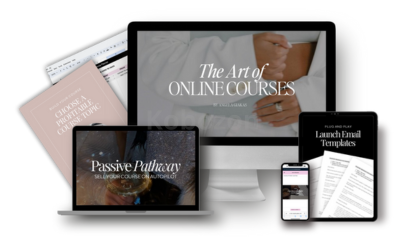 Art Of Online Courses By Angela Giakas
1 × $23,00
Art Of Online Courses By Angela Giakas
1 × $23,00 -
×
 CFI Self-Study (All Courses) By CFI Education
1 × $124,00
CFI Self-Study (All Courses) By CFI Education
1 × $124,00 -
×
 Internet Millionaire Program By Adeel Chowdhry
1 × $23,00
Internet Millionaire Program By Adeel Chowdhry
1 × $23,00
Choosing the Right Camera Lens By John Greengo
$24,00 $5,00
SKU: KOB.545935DPMR7
Category: Photography
Tags: Choosing the Right Camera Lens, Greengo, John Greengo
Choosing the Right Camera Lens: A Deep Dive into John Greengo’s Insightful Course – Instant Download!
Let’s embark on a captivating adventure to uncover remarkable insights that spark your curiosity and elevate your understanding
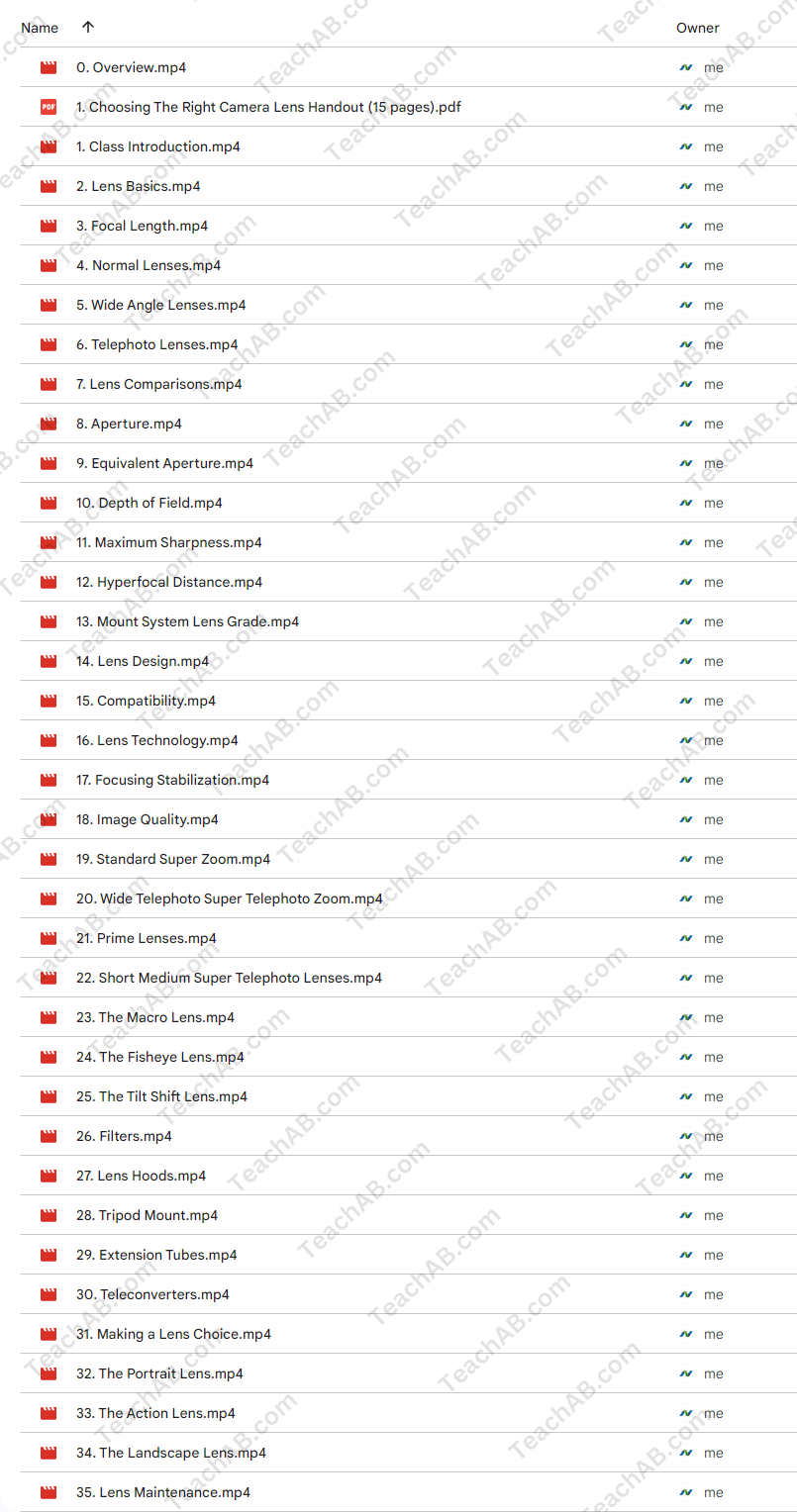
Choosing the Right Camera Lens By John Greengo
Overview
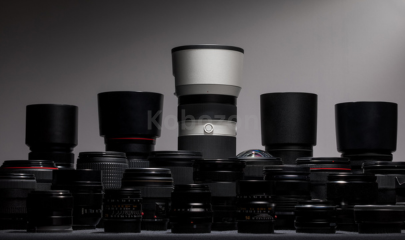
Choosing the Right Camera Lens: A Deep Dive into John Greengo’s Insightful Course
In the realm of photography, the camera lens often serves as the magical portal through which the world is captured, intertwined with emotion and nuance. It’s a bridge that connects the photographer’s vision to the final image, dictating how light dances onto the sensor and shaping the story that unfolds. “Choosing the right camera lens” by John Greengo is an educational gem tailored for photographers at every skill level, demystifying the complexities that accompany lens selection. With over four hours of high-definition content spread across 35 video lessons, Greengo offers invaluable insights that not only enhance one’s technical abilities but also enrich creative expression. This course is a compass for navigating the intricate landscape of lens attributes, allowing participants to align their photographic desires with suitable lenses.
Understanding Lens Attributes
The foundation of photography lies in the lens, and understanding its attributes is akin to learning the alphabet before writing prose. Greengo emphasizes two vital characteristics: focal length and aperture. These elements are dual pillars that dramatically influence not only the technical proficiency of a photograph but also the artistic direction it can take.
Focal Length
Focal length, measured in millimeters (mm), determines how much of a scene is captured and how the subject interacts with its background. Shorter focal lengths, like 24mm, encompass a wide view ideal for expansive landscapes or architectural shoots, creating a sense of grandeur. Conversely, longer focal lengths, such as 200mm, compress the scene, allowing photographers to capture intimate details of subjects that are far away, such as the flutter of a bird’s wings or the delicate features of a model. This compression brings forth a sense of closeness, drawing the viewer’s eye directly to the subject.
- Wide-Angle Lenses (10-35mm): Perfect for landscapes and architecture, these lenses make spaces feel limitless and dynamic.
- Standard Lenses (35-70mm): Versatile and user-friendly, they excel in general photography, delivering natural perspective.
- Telephoto Lenses (70mm and above): Essential for portraiture and wildlife photography, they allow you to come close without intruding.
Aperture
Aperture, represented by f-stop numbers (such as f/1.8 or f/16), governs the volume of light entering the lens, influencing depth of field and exposure. A lower f-stop enables more light, producing a shallow depth of field ideal for portraits where the subject is sharply focused against a beautifully blurred background. On the other hand, a higher f-stop allows for greater depth of field, making it perfect for landscapes where both foreground and background need to be in sharp focus.
- Wide Aperture (f/1.4 – f/2.8): Helps in low light conditions and creates beautiful bokeh effects, perfect for portraits.
- Medium Aperture (f/4 – f/8): Offers a balanced depth of field, catering well to general photography.
- Narrow Aperture (f/11 and above): Essential for capturing sharp details in landscape photography.
These attributes, when intertwined, elevate a photographer’s work from ordinary to extraordinary, sculpting images that resonate emotionally with viewers.
The Photography Styles
Greengo’s course goes beyond technical specifications by providing examples that illustrate how different lenses cater to various photography styles. These insights are not just educational, but a treasure trove for creative expression.
Portrait Photography
In the realm of portrait photography, a photographer strives to capture the essence of an individual, their character and emotions. Greengo suggests using prime lenses with a wider aperture for this purpose. A 50mm f/1.8 lens is often heralded as the quintessential portrait lens, allowing for captivating depth of field while offering an authentic perspective that closely represents human vision. For more dramatic effects, a 135mm f/2 can provide an incredibly pleasing background blur, isolating the subject against soft, dreamy colors.
Landscape Photography
Switching gears to landscapes, the focus shifts entirely. Here, wide-angle lenses come into play to encapsulate the vastness of nature. For instance, a 16-35mm lens allows photographers to showcase sweeping vistas and dramatic skies, pulling the viewer into the scene’s depth. Greengo emphasizes utilizing a narrow aperture to ensure sharpness across the frame, making every detail crisp from the foreground tulips to the distant mountains under the sunset.
Comparison of Lenses for Different Photography Styles:
| Photography Style | Recommended Lens Type | Aperture Range |
| Portrait Photography | Prime Lenses (e.g., 50mm) | f/1.8 – f/2.8 |
| Landscape Photography | Wide-Angle Lenses (e.g., 16-35mm) | f/8 – f/16 |
| Wildlife Photography | Telephoto Lenses (e.g., 100-400mm) | f/4 – f/5.6 |
Evidently, each genre of photography beckons a different lens choice, and Greengo provides the necessary guidance to navigate these waters effectively.
Essential Lens Accessories
As much as the lens itself is crucial, the right accessories can enhance its functionality and adaptability in various shooting conditions. Greengo’s course dedicates sections to essential lens accessories that can elevate a photographer’s toolkit to professional standards.
Lens Hoods
Often overlooked, lens hoods act as protective shields against unwanted light and flare, ensuring crisp images even in challenging lighting situations. They improve color saturation and contrast, adding an extra layer of finesse to the photograph. By understanding the type of lens, photographers can select the appropriate hood such as round or petal-shaped tailored to their specific lens type.
Filters
Filters serve various purposes: polarizing filters reduce glare and enhance color saturation, while neutral density filters allow longer exposure times, empowering photographers to capture motion effectively. Greengo suggests that understanding how to employ these filters can transform a mundane snapshot into a stunning visual masterpiece.
Teleconverters
For those who require additional reach without changing lenses, a teleconverter can be an incredibly useful tool. This accessory effectively multiplies the focal length of the lens, allowing photographers to capture distant subjects with clarity. However, it’s essential to comprehend the impact on aperture and autofocus capabilities to utilize these converters effectively.
Final Thoughts on Lens Selection
In embarking on the journey of photography, one must embrace the nuance and wisdom shared by experts like John Greengo. His course, “Choosing the Right Camera Lens”, distills years of knowledge into digestible lessons that empower photographers to make informed decisions about their lens selections. By understanding focal lengths and apertures, one learns to filter through the noise of options and find a lens that resonates personally much like a musician selects their instrument to convey emotion.
The quest for the perfect lens isn’t merely about specifications; it’s about aligning your gear with your artistic vision. Greengo’s teachings foster a sense of confidence that encourages exploration and creativity. Above all, this course serves as a reminder that every lens holds stories waiting to be captured, and knowing which lens to choose can open up a world of possibilities, enhancing not just your skills but also the profound joy of photography itself.
Frequently Asked Questions:
Innovation in Business Models: We use a group purchase approach that enables users to split expenses and get discounted access to well-liked courses. Despite worries regarding distribution strategies from content creators, this strategy helps people with low incomes.
Legal Aspects to Take into Account: Our operations’ legality entails several intricate considerations. There are no explicit resale restrictions mentioned at the time of purchase, even though we do not have the course developers’ express consent to redistribute their content. This uncertainty gives us the chance to offer reasonably priced instructional materials.
Quality Control: We make certain that every course resource we buy is the exact same as what the authors themselves provide. It’s crucial to realize, nevertheless, that we are not authorized suppliers. Therefore, the following are not included in our offerings: – Live coaching sessions or calls with the course author.
– Entry to groups or portals that are only available to authors.
– Participation in closed forums.
– Straightforward email assistance from the writer or their group.
Our goal is to lower the barrier to education by providing these courses on our own, without the official channels’ premium services. We value your comprehension of our distinct methodology.
Be the first to review “Choosing the Right Camera Lens By John Greengo” Cancel reply
You must be logged in to post a review.

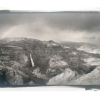






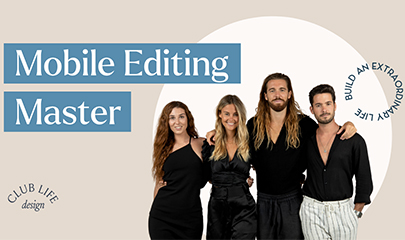









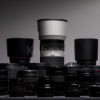
Reviews
There are no reviews yet.